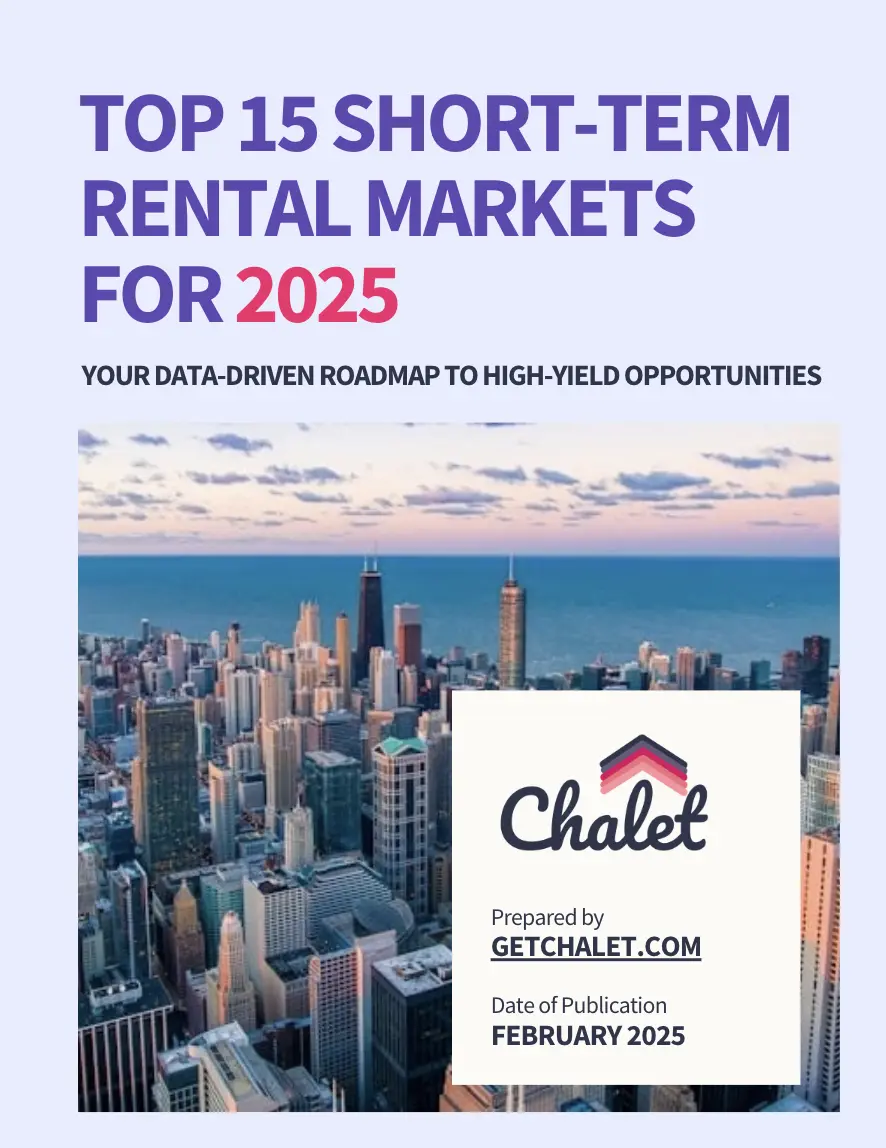With Donald Trump returning to the White House in 2025, short-term rental (STR) investors across the U.S. are reevaluating their strategies and for good reason. A new administration means a new regulatory environment, tax priorities, and investor sentiment.
So, what does Trump’s second term mean for your STR portfolio? How will rental regulations shift, and where can you find the biggest opportunities?
In this guide, we’ll walk you through everything investors need to know—powered by real-time data from tools like the Rental Regulation Dashboard and Investor Guides that help you adapt to changing landscapes.
Trump 2.0: What to Expect for Real Estate & STRs
Donald Trump’s previous term was known for being real estate-friendly, and signs point to more of the same in 2025:
- 1031 Exchange stays safe: Trump has consistently supported this tax-deferral tool, a huge win for real estate investors wanting to scale.
- Relaxed regulatory oversight: The federal government is expected to stay out of the way of STR platforms like Airbnb and Vrbo.
- Incentives for property owners: Expect tax cuts and pro-investor deductions to return, especially for business-classified STRs.
If you’re seeking a high-ROI, business-forward environment for STR, Trump’s victory may provide just that.
Short-Term Rental Market Trends Post-Election
Following the 2024 election, STR investor confidence saw an uptick in several states:
- Florida, Texas, and Arizona – states with minimal STR restrictions—saw a 7–12% increase in new STR listings post-election, according to Mashvisor.
- Red-leaning counties became safer havens for STR investors wary of tightening city ordinances.
- Airbnb bookings surged 9% YOY in pro-STR markets in Q1 2025 (AirDNA)
While short-term rental market trends still depend heavily on location, the federal tone has shifted back in favor of fewer restrictions, more autonomy, and economic incentives for property owners.
Where Does Rental Regulation Stand Now?
Even with a federal nod toward deregulation, local governments still hold the pen. That means investors must continue monitoring regulations market by market.
Use this real-time tool to check current and upcoming rules in:
- New York City – Still tightly regulated post-Local Law 18
- Los Angeles – Permit enforcement expected to soften slightly
- Dallas, Austin, and Atlanta – More investor-friendly following state-level support
- Phoenix, Tampa, and Nashville – STR “green zones” with growing supply
Strategy: Use red-state markets as anchor points while cautiously exploring hybrid or seasonal models in tighter cities.







